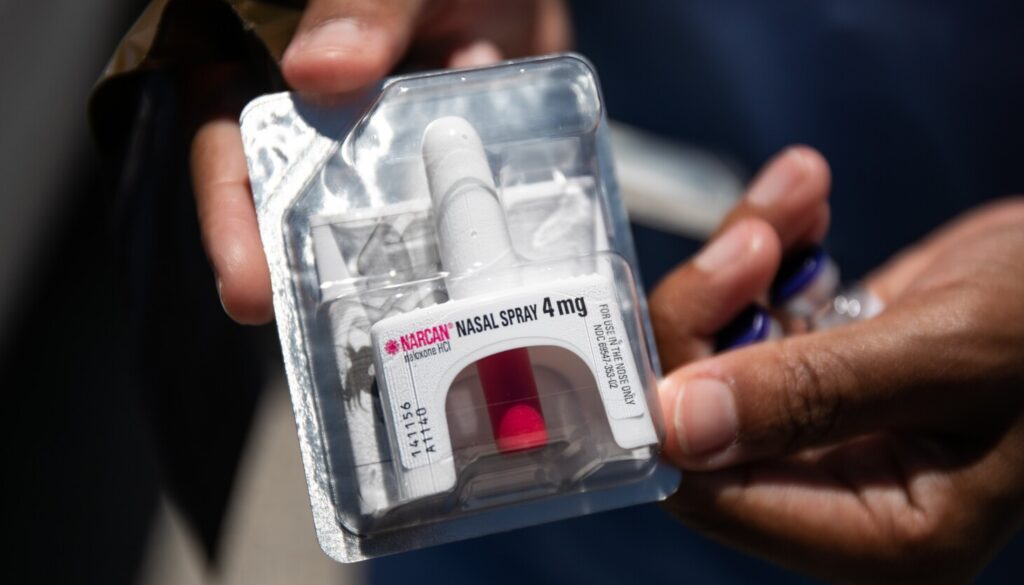
Chicago’s recent three-day heat wave has been linked to a significant increase in opioid overdoses over the weekend, according to health experts. The Chicago Department of Public Health reported 60 opioid overdoses on Friday and Saturday, with more than 37 occurring on Saturday alone. This surge activated the city’s spike alert system, prompting immediate action from public health officials.
When such spikes occur, officials and community partners mobilize to distribute naloxone, a medication that rapidly reverses opioid overdoses. They also provide information on opioid use and connect individuals to treatment options if desired. The extreme heat warning, issued by weather officials, began Saturday morning and was in effect through Monday night, with temperatures reaching a high of 95 degrees and a heat index of 106, according to the National Weather Service.
Heat Wave’s Role in Overdose Spike
The heat wave may have contributed to the overdose spike, according to Jenny Hua, medical director of behavioral health and interim deputy commissioner at the Chicago Department of Public Health (CDPH). “We always see a seasonal increase in the number of overdoses in Chicago, as well as many other places in this country and around the world,” Hua explained. “So certainly heat has a pretty close correlation in terms of the amount of overdose activities.”
This weekend’s surge marked the first activation of the spike alert system this year. Despite the recent spike, health officials note a general decline in opioid overdoses in recent years. The current average stands at 22 overdoses per day, a significant decrease from previous years, according to Hua.
Changes in Alert Thresholds and Preventive Measures
The decline in overdoses has prompted public health officials to lower the spike alert threshold. Last year, the system was triggered by more than 50 overdoses within 24 hours, while this year’s threshold is set at 37. Hua noted that most overdoses occur outdoors, leading to increased usage during summer months. To mitigate these spikes, officials collect drug samples during outbreaks to enhance clinical guidance and swiftly deploy resources to affected communities.
“Public health is always about prevention, right? So the thing that we’re really trying to prevent is death from overdoses. And we’ve seen fatalities decrease significantly over the course of the last couple of years,” Hua stated.
Geographic and Substance Specifics
The majority of overdoses occur on Chicago’s West Side, with 34% of EMS calls for overdoses concentrated in five neighborhoods: East Garfield Park, West Garfield Park, North Lawndale, Austin, and Humboldt Park. Most overdoses are attributed to synthetic opioids, particularly fentanyl.
“When we do community-based drug checking, we look at what the drug was sold as, and then what it actually contains,” Hua said. “Drugs can be sold as heroin, fentanyl, or dope, but you can expect that they would all contain some combination of synthetic opioids.”
Historical Context and Future Implications
In 2021, Chicago experienced an all-time high of more than 1,400 overdose deaths, with 1,322 deaths recorded in 2023. The recent surge in overdoses during the heat wave highlights the ongoing challenges faced by the city in combating the opioid crisis.
Moving forward, public health officials emphasize the importance of continued prevention efforts and community engagement to address the root causes of opioid addiction and reduce overdose fatalities. As Chicago braces for more extreme weather events, the city’s response to opioid overdoses will remain a critical component of its public health strategy.







